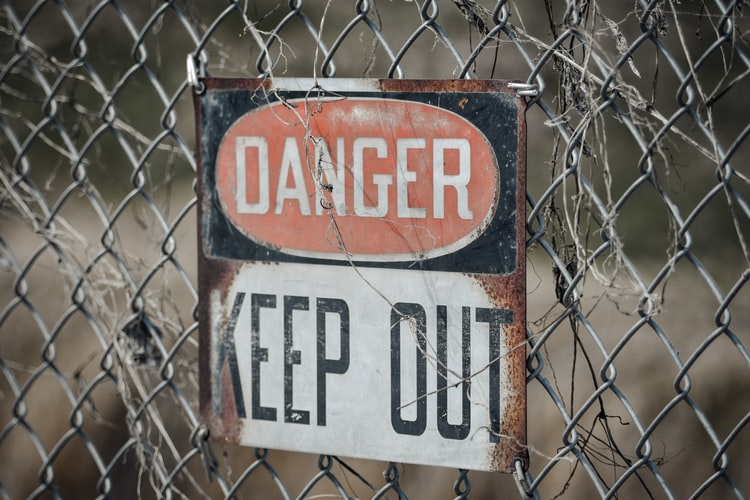A high concentration of ammonia is something you want to avoid if you want to ensure a healthy aquarium for your favourite fish. Although there are many chemical imbalances you’ll want to keep an eye on when keeping fish, ammonia is without doubt the most deadly to aquatic animals if left unchecked. There are several factors contributing toward ammonia build up in fish tanks. Understanding each cause will allow you to maintain a healthy tank, allowing your fish and plants to thrive.
What is Ammonia?
Ammonia is essentially a waste product that is created by decaying matter within fish tank water. It can be caused by decaying food that your fish haven’t consumed, as well as waste matter produced by fish themselves. Regardless of how ammonia is produced, it is incredibly toxic and harmful to fish.
Key Causes of Ammonia
If you have recently installed a new fish tank, you may experience high ammonia levels relatively quickly, even before your fish have had the chance to produce much waste. This is usually down to low levels of beneficial bacteria being present in the tank.
A more established aquarium with healthy colonies of fish-friendly bacteria will often combat the issue. If you have recently introduced treatment solutions to your aquarium water to remedy diseases or ailments with your fish, you may also run the risk of killing off essential bacteria.
If an established fish tank is encountering ammonia issues, the problem may instead be a defective or compromised filter. A reliable filter is crucial in ensuring a healthy aquarium environment. Make sure you have a filter that is sufficiently large and powerful enough for your size of tank. You’ll also need to ensure you are regularly cleaning your filter, as well as replacing any filtration media.
The main causes of ammonia in fish tanks is usually down to overfeeding or overstocking issues. When feeding your fish, avoid adding more food than is required to nourish your pets. Any untouched food will quickly fall to the bottom of the tank and begin to decay, leading to dangerous levels of toxic ammonia in the water. Instead of adding a full daily feed in one go, introduce smaller amounts of food more gradually. This way, you’ll be able to ensure there is now waste.
An overpopulated tank can also lead to issues with ammonia. The more fish you have in a tank, the more waste material your pets will produce. Although a high-powered filter and regular tank maintenance can help manage the issue, you’ll find it far more difficult to tackle high ammonia levels with an overstocked tank.
Even if your overall tank population is fairly low, keep an eye on ammonia levels when introducing new fish to an aquarium. IN the days and weeks following the introduction of new tank mates, ensure you are carrying out regular water testing to monitor ammonia levels. You’ll also need to make adjustments to feeding amounts and schedules to ensure decaying organic matter doesn’t become an issue and contribute to a pre-existing ammonia problem.

